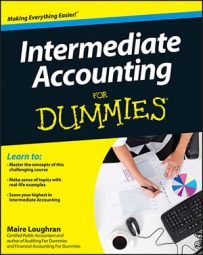Bonds are long-term lending agreements between a borrower and a lender. For example, when a municipality (such as a city, county, town, or village) needs to build new roads or a hospital, it issues bonds to finance the project. Corporations generally issue bonds to raise money for capital expenditures, operations, and acquisitions.
The selling price of bonds, like publicly traded stock, is normally set by what the market will bear. The issuer of the bond sets the interest rate, which is known as the stated, coupon, face, contract, or nominal rate. All five terms mean the same thing — the interest rate given in the bond indenture.
You can compare a bond indenture to any type of legal financing document that you may have signed to finance a house or car. It describes the key terms of the bond issuance, such as maturity date and interest rate.
The people who purchase a bond receive interest payments during the bond’s term (or for as long as they hold the bond) at the bond’s stated interest rate. When the bond matures (the term of the bond expires), the company pays back the bondholder the bond’s face value.
A bond is either a source of financing or an investment, depending on which side of the transaction you’re looking at. Because this is a chapter on long-term liabilities, it looks at this transaction from the source of financing viewpoint.

